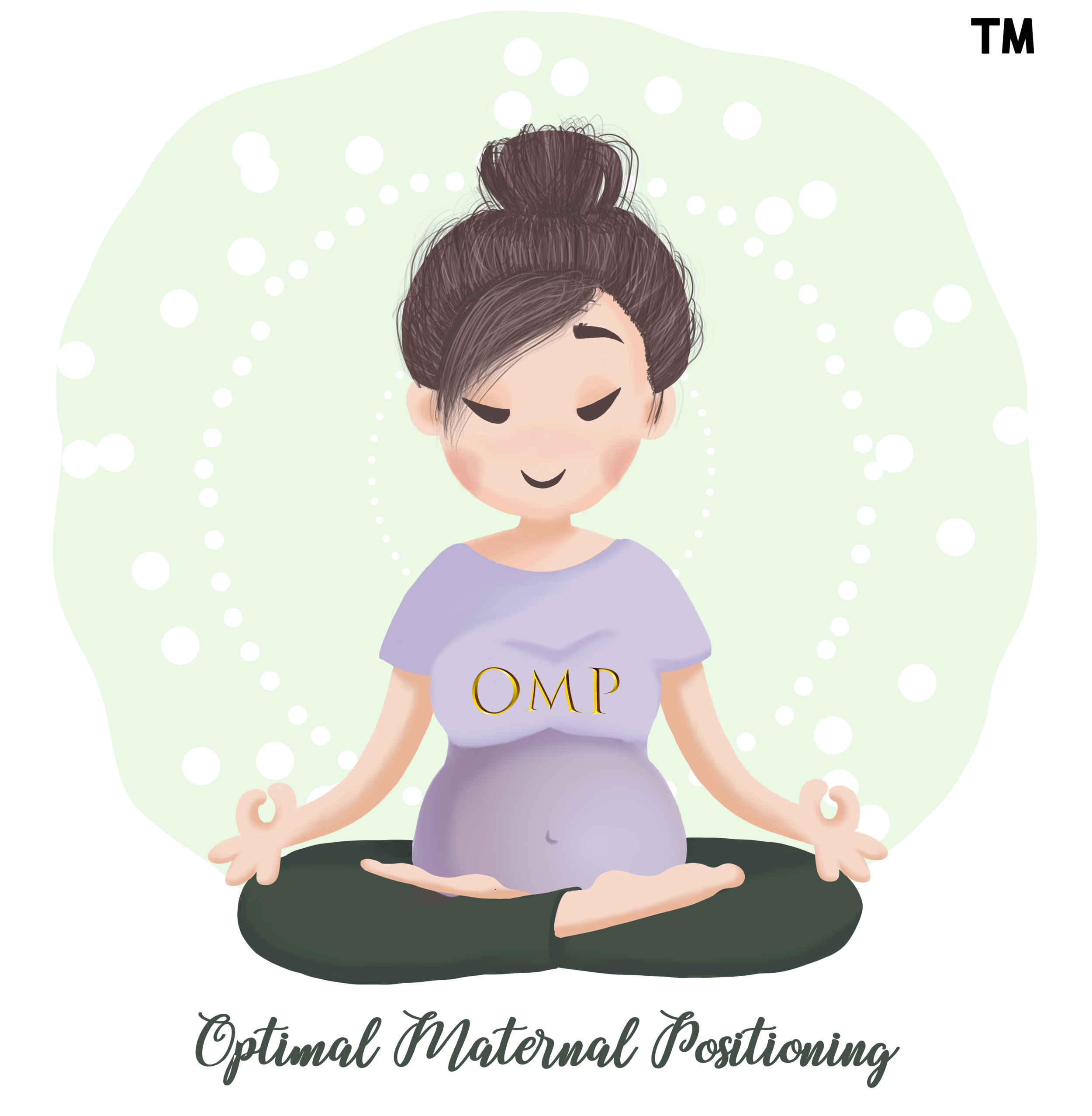OMP Pelvic Mobility Protocols
What you can do during labor
OMP pelvic mobility protocols
When women are in labor, they tend to ‘rock’ their pelvis whilst adopting an active birth position. In this segment where we take you through the OMP Pelvic Mobility Protocols from 2.0-2.4, you will learn to differentiate between the various types of ‘rocking’ otherwise known as maternal movements and how it can help you optimise your pelvis during labor and birth.
In every OMP Active Birth Position, we aim to enable the mother to 1. understand maternal positions otherwise known as OMP Active Birth Positions and 2. maternal movements otherwise known as OMP Pelvic Mobility Protocols and 3. OMP Comfort Measures with the aim of enabling the laboring mother to optimise her pelvis.
A mother can optimise her pelvis in any of the OMP Active Birth Positions using OMP Pelvic Mobility Protocols which consists of:
2.4 External and Internal Rotation
It is very important to note that when the intent is to optimise the pelvis during labor and birth - for OMP Active Birth Positions , OMP Pelvic Mobility Protocols and OMP Comfort Measures to be effective, it has to be done during contractions and used for 5-10 consecutive contractions to see if it is effective in enabling labor to progress, not in-between contractions as you need the force of the contractions to push the baby through the space and opening that the laboring mother is making available for her baby.
Standing
Kneeling or ‘all-fours’
Sitting
Side Lying
Squatting






